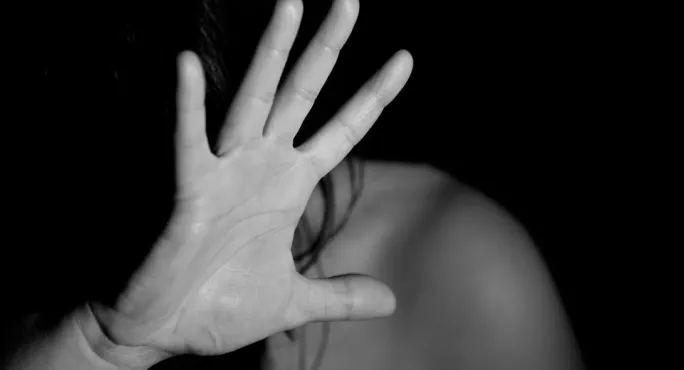Schools should not allow pupil victims of sexual violence to remain in the same classes as their alleged attackers, new government guidance has said.
The Sexual violence and sexual harassment between children in schools and colleges guidance, published today, says that schools should not wait for the outcome of any police investigation before taking such actions to protect the victims of assault.
The Department for Education guidance makes clear that sexual violence and sexual harassment of pupils by pupils should be taken seriously.
“The starting point regarding any report should always be that sexual violence and sexual harassment are not acceptable and will not be tolerated,” the guidance states. “Especially important is not to pass off any sexual violence or sexual harassment as ‘banter’, ‘part of growing up’ or ‘having a laugh’.”
It recommends that staff receiving a disclosure from the victim of such an attack should never promise confidentiality, as they may need to seek advice and guidance from others in order to respond appropriately. Cases of rape or assault by penetration should be reported to the police.
The guidance states: “Ultimately, the designated safeguarding lead (or a deputy) will have to balance the victim’s wishes against their duty to protect the victim and other children.”
Symptom of abuse
The guidance also recommends ways in which schools can support the alleged perpetrator. “An alleged perpetrator may potentially have unmet needs (in some cases these may be considerable), as well as potentially posing a risk of harm to other children,” it states.
“Harmful sexual behaviours in young children may be (and often are) a symptom of either their own abuse or exposure to abusive practices or materials.”
Teaching unions have welcomed the guidance. Paul Whiteman, general secretary of the NAHT headteachers’ union, said: “Although individual schools will develop their own policies and procedures, the aim of this guidance is to improve the consistency of approach in all schools across the country.”
However, many feel that it does not go far enough. Kevin Courtney, joint general secretary of the National Education Union, said: “The absence of initial teacher education or continuing professional development training on these issues is a huge part of the picture.
“Teachers need to be empowered to identify the right strategies, and to use the curriculum and students’ learning to tackle sexism and sexual harassment. To do this they need space in the curriculum.
“The DfE must provide ongoing leadership and recognise that the social and emotional aspect of students’ learning isn’t an add-on.”
Safeguarding future generations
Maria Miller, chair of the parliamentary women and equalities committee, said: “There is more work to do, however. A long-term commitment is needed.
“The programme of work should include funding specialist sexual violence organisations to support schools and young people, and research on how boys and young men can be part of the solution. Collecting data on incidents is vital in ensuring that the advice is implemented in practice, so that future generations of girls are safe and equal at school.”
The government has also launched a public consultation on proposed changes to its safeguarding statutory guidance. This includes further guidance on dealing with sexual violence and sexual harassment between pupils.
The consultation, which can be accessed via the Gov.uk website, will last for 10 weeks, closing on 22 February. The aim is to publish the revised guidance early in the summer, so that it can come into force in September 2018.
Want to keep up with the latest education news and opinion? Follow Tes on Twitter and Instagram, and like Tes on Facebook




